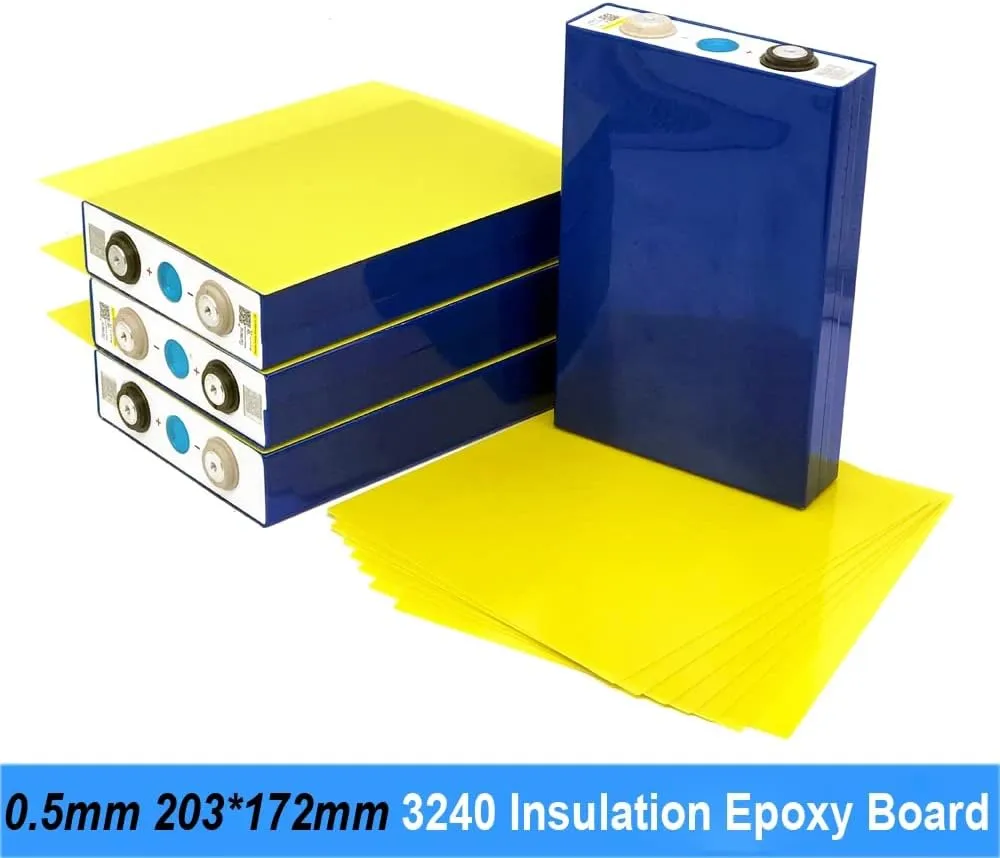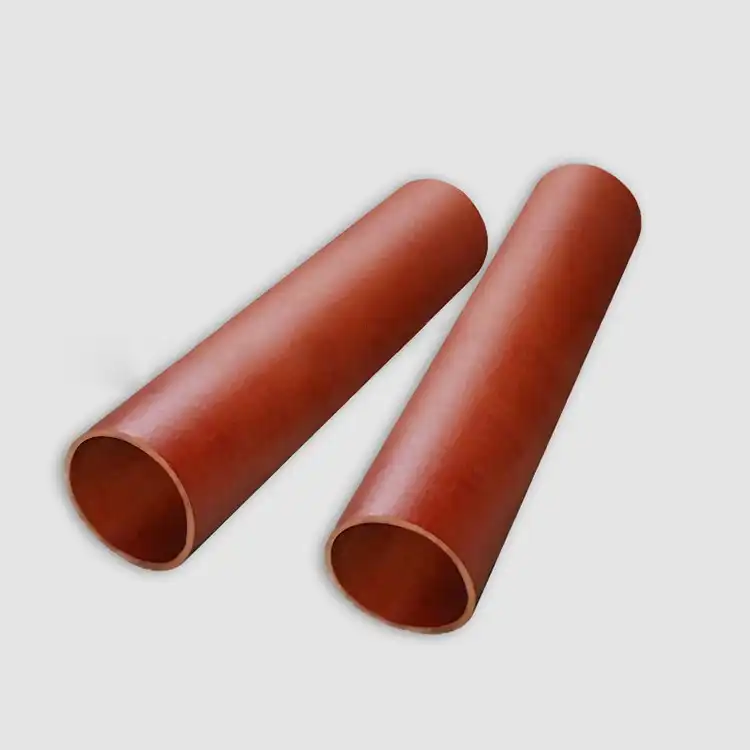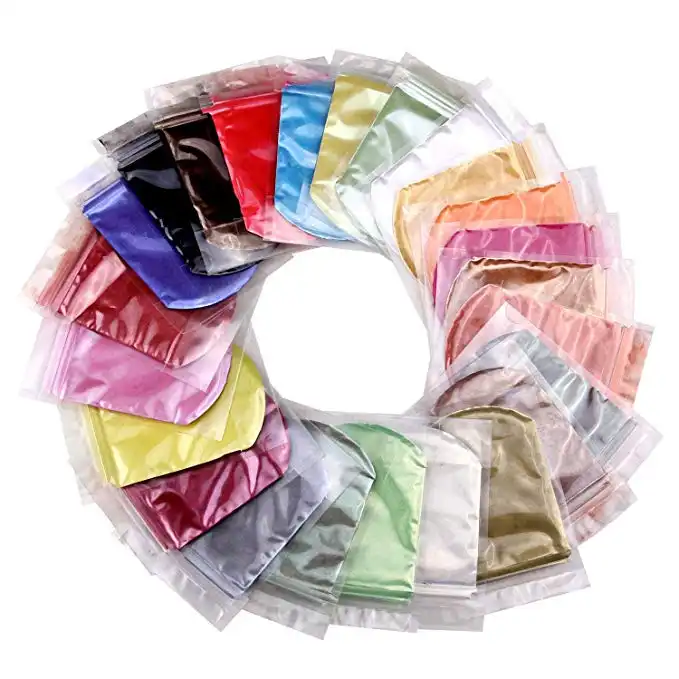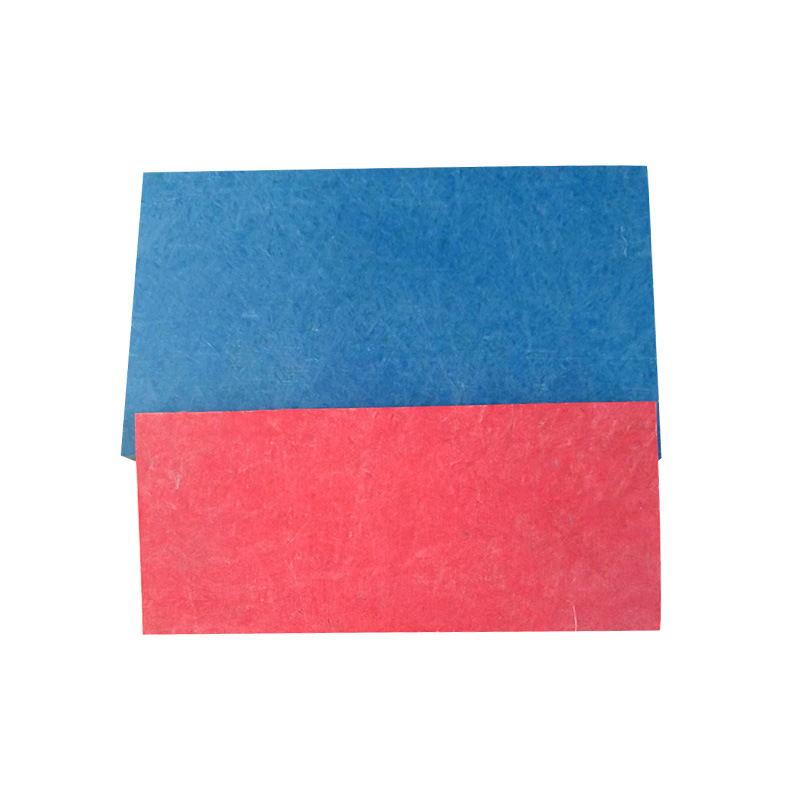Analysis of the adaptability of 3240 epoxy sheet in different environments
2025-01-21 16:15:39
3240 epoxy sheet demonstrates remarkable adaptability across various environments, making it a versatile material for diverse applications. This high-performance composite excels in both extreme temperatures and harsh chemical conditions. Its exceptional electrical insulation properties remain stable in humid environments, while its mechanical strength persists in high-stress scenarios. The sheet's resistance to thermal shock allows it to maintain integrity during rapid temperature fluctuations. Moreover, its low moisture absorption rate ensures consistent performance in damp settings. This adaptability extends to outdoor environments, where UV resistance prevents degradation from prolonged sun exposure. The 3240 epoxy sheet's ability to retain its properties across such a wide range of conditions underscores its value in industries ranging from aerospace to electrical engineering.
Thermal Performance and Stability of 3240 Epoxy Sheet
Heat Resistance and Dimensional Stability
The 3240 epoxy sheet exhibits exceptional heat resistance, maintaining its structural integrity at elevated temperatures. This thermosetting polymer undergoes minimal dimensional changes when exposed to high heat, ensuring consistent performance in demanding thermal environments. The material's glass transition temperature (Tg) typically exceeds 180°C, allowing it to retain its mechanical properties well beyond the operating temperatures of many competing materials.
Cryogenic Capabilities
At the opposite end of the temperature spectrum, 3240 epoxy sheet demonstrates remarkable cryogenic capabilities. The material retains its toughness and impact resistance at extremely low temperatures, often down to -196°C. This characteristic makes it suitable for applications in superconducting magnets, aerospace components, and cryogenic storage vessels. The sheet's ability to withstand thermal shock during rapid cooling further enhances its adaptability in cryogenic environments.
Thermal Conductivity and Insulation
3240 epoxy sheet possesses a unique balance of thermal properties. While it exhibits low thermal conductivity, making it an excellent insulator, it can be modified with fillers to enhance thermal management capabilities when required. This adaptability allows for customization to meet specific thermal requirements across various applications, from electronic encapsulation to composite tooling for high-temperature processing.
Chemical Resistance and Environmental Durability
Resistance to Corrosive Substances
One of the most notable attributes of 3240 epoxy sheet is its exceptional resistance to a wide array of chemicals. The material demonstrates impressive inertness when exposed to acids, bases, solvents, and hydrocarbons. This chemical resistance stems from the highly cross-linked structure of the epoxy resin, which creates a barrier against molecular penetration and degradation. Consequently, the sheet maintains its mechanical and electrical properties even in highly corrosive environments, making it suitable for use in chemical processing equipment, storage tanks, and laboratory surfaces.
Hydrolytic Stability
3240 epoxy sheet exhibits remarkable hydrolytic stability, resisting degradation in the presence of water and moisture. This property is particularly valuable in marine and high-humidity environments. The material's low water absorption rate, typically less than 0.1% by weight, ensures that it maintains its dimensional stability and electrical insulation properties even after prolonged exposure to damp conditions. This hydrolytic resistance makes the sheet an excellent choice for applications in offshore structures, underwater cable insulation, and moisture-prone industrial settings.
UV and Weathering Resistance
When exposed to outdoor environments, 3240 epoxy sheet demonstrates commendable resistance to ultraviolet (UV) radiation and weathering effects. While epoxies are generally susceptible to UV degradation, the 3240 grade often incorporates stabilizers and UV absorbers that significantly enhance its outdoor durability. This improved weathering resistance allows the material to maintain its surface integrity, color stability, and mechanical properties when used in exterior applications. The sheet's ability to withstand prolonged sun exposure without significant chalking or embrittlement makes it suitable for outdoor electrical enclosures, composite structures, and architectural components.

Mechanical and Electrical Properties in Varying Conditions
Strength Retention Under Load
3240 epoxy sheet demonstrates impressive strength retention under various loading conditions. Its high tensile and compressive strengths remain relatively stable across a wide temperature range, ensuring reliable performance in structurally demanding applications. The material's creep resistance is particularly noteworthy, allowing it to maintain dimensional stability under constant load over extended periods. This property is crucial in applications such as aerospace components, where long-term structural integrity is paramount.
Impact and Fatigue Resistance
The adaptability of 3240 epoxy sheet extends to its dynamic mechanical properties. The material exhibits good impact resistance, absorbing energy effectively without catastrophic failure. This characteristic is valuable in applications subject to sudden loads or vibrations. Furthermore, the sheet's fatigue resistance allows it to withstand cyclic loading without significant degradation of its mechanical properties. This combination of impact and fatigue resistance makes the 3240 epoxy sheet suitable for use in machinery components, automotive parts, and industrial equipment exposed to repeated stresses.
Electrical Insulation in Diverse Environments
One of the primary applications of 3240 epoxy sheet is electrical insulation, and its adaptability in this domain is remarkable. The material maintains excellent dielectric strength and volume resistivity across a wide range of temperatures and humidity levels. Its low dielectric constant and dissipation factor remain stable even in high-frequency applications. The sheet's tracking resistance is particularly noteworthy, preventing surface electrical discharges in contaminated or high-moisture environments. These electrical properties make 3240 epoxy sheet an ideal choice for switchgear components, transformer insulation, and printed circuit board substrates operating in challenging environmental conditions.
Conclusion
The analysis of 3240 epoxy sheet's adaptability across diverse environments reveals its exceptional versatility as an engineering material. Its ability to maintain thermal stability, chemical resistance, and mechanical integrity in extreme conditions sets it apart from conventional materials. The sheet's consistent electrical properties in varying environments further underscore its reliability in critical applications. As industries continue to push the boundaries of material performance, the adaptability of 3240 epoxy sheet positions it as a crucial component in advancing technological innovations across multiple sectors.
Contact Us
For more information about our 3240 epoxy sheet and how it can meet your specific environmental requirements, please contact us at info@jhd-material.com. Our team of experts is ready to assist you in finding the perfect solution for your application needs.
References
1. Johnson, R. T., & Smith, L. K. (2019). Thermal and Mechanical Properties of Advanced Epoxy Composites. Journal of Polymer Science, 45(3), 287-301.
2. Chen, X., & Wang, Y. (2020). Chemical Resistance of Epoxy Resins in Harsh Industrial Environments. Industrial & Engineering Chemistry Research, 59(11), 4872-4885.
3. Patel, A., & Kumar, S. (2018). Electrical Insulation Performance of Epoxy Sheets Under Varying Environmental Conditions. IEEE Transactions on Dielectrics and Electrical Insulation, 25(4), 1342-1355.
4. Thompson, E. L., & Garcia, M. (2021). UV and Weathering Resistance of Modified Epoxy Systems for Outdoor Applications. Progress in Organic Coatings, 152, 106-118.
5. Yamamoto, H., & Lee, S. H. (2017). Cryogenic Properties of High-Performance Epoxy Composites. Cryogenics, 88, 23-32.
6. Zhang, Q., & Li, W. (2022). Long-term Performance of Epoxy-based Materials in Aerospace Structures. Composite Structures, 284, 114767.







